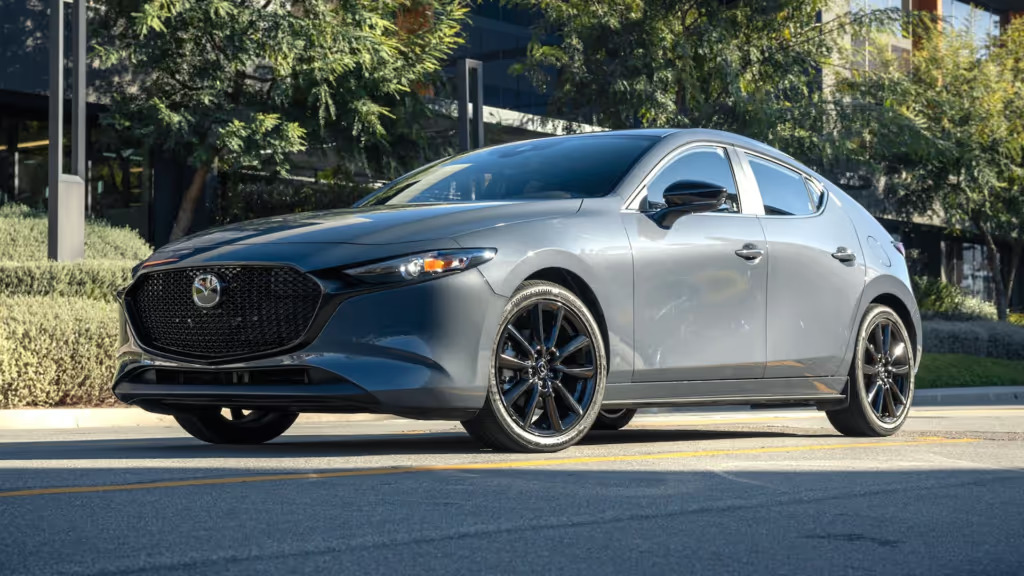When evaluating a vehicle’s long-term value, most buyers focus on engine reliability, fuel economy, or resale value. But the interior, where you spend nearly 100% of your time, is often the most overlooked component of a car’s durability.
An engine might last 200,000 miles, but if the dashboard cracks, buttons fade, door panels peel, and seats tear within the first 50,000 miles, the ownership experience becomes frustrating, uncomfortable, and often expensive to maintain or restore. Interior durability isn’t just about luxury—it’s about resilience against years of sun exposure, wear from daily use, temperature swings, and design flaws that don’t stand the test of time.
Some manufacturers get it right by focusing on materials quality, ergonomic design, and tight build tolerances. These interiors don’t just look good when new—they stay intact and functional after years of real-world abuse. Whether it’s standing up to heavy commuting, extreme heat, messy kids, or the daily grind of rideshare driving, a durable interior remains solid, silent, and user-friendly well beyond the warranty period.
Others, however, cut corners—relying on shiny plastics, glued-on trim, and soft-touch materials that degrade quickly. Over time, buttons wear off, climate control knobs stop responding, and center consoles wobble like cheap furniture. In humid or hot climates, headliners sag, dashboards crack, and faux leather starts to peel. And for cars known for mechanical longevity, a poor interior can be the one thing that ages the car prematurely and undermines its practicality.
In this article, we’ll take a deep dive into five cars renowned for having durable interiors—vehicles whose cabins hold up remarkably well over time. These are cars you’ll find looking nearly new at 150,000 miles without major interior rework.
Then, we’ll turn to five vehicles known for interiors that fall apart too quickly, causing headaches for their owners and often tanking resale values. Whether you’re a daily commuter, family chauffeur, road-tripper, or fleet buyer, interior durability should be a key consideration—and this guide will help you spot the winners and avoid the disappointments.
Also read: 5 Trucks That Still Look Good After 200K Miles and 5 That Age Terribly
5 Cars With Durable Interiors

1. Toyota Camry
The Toyota Camry is one of the best-selling sedans in the world, and part of that success comes from its reputation for long-term comfort and reliability, including a remarkably durable interior. Toyota has always prioritized functional, conservative design over flashy aesthetics, and in the Camry, that approach has paid off. The seats are made with high-quality materials, soft where they need to be and resistant to wear in areas that typically degrade quickly in other vehicles, such as seat bolsters and armrests.
The dashboard and center stack are made from durable plastics that maintain their shape and finish even after prolonged sun exposure. Unlike many competitors that rely on piano-black plastic or glued-on aluminum-look trim, the Camry sticks with well-textured materials that are less prone to scratching or delamination.
Buttons remain legible and tactile after years of use, and even the infotainment knobs have a solid, satisfying feel that resists deterioration. In climates with extreme heat or cold, the Camry’s interior doesn’t crack, fade, or rattle, making it a favorite for high-mileage drivers.
Fleet owners, Uber drivers, and commuters regularly report that Camrys with over 200,000 miles still have fully intact, clean interiors with no major failures. The sound insulation, seat cushions, and headliners hold up remarkably well, and the cabin is engineered for minimal creaks and squeaks. While the Camry might not have the flashiest interior when new, it often looks better at 10 years old than some luxury rivals do at half that age—a testament to Toyota’s smart material choices and attention to cabin durability.
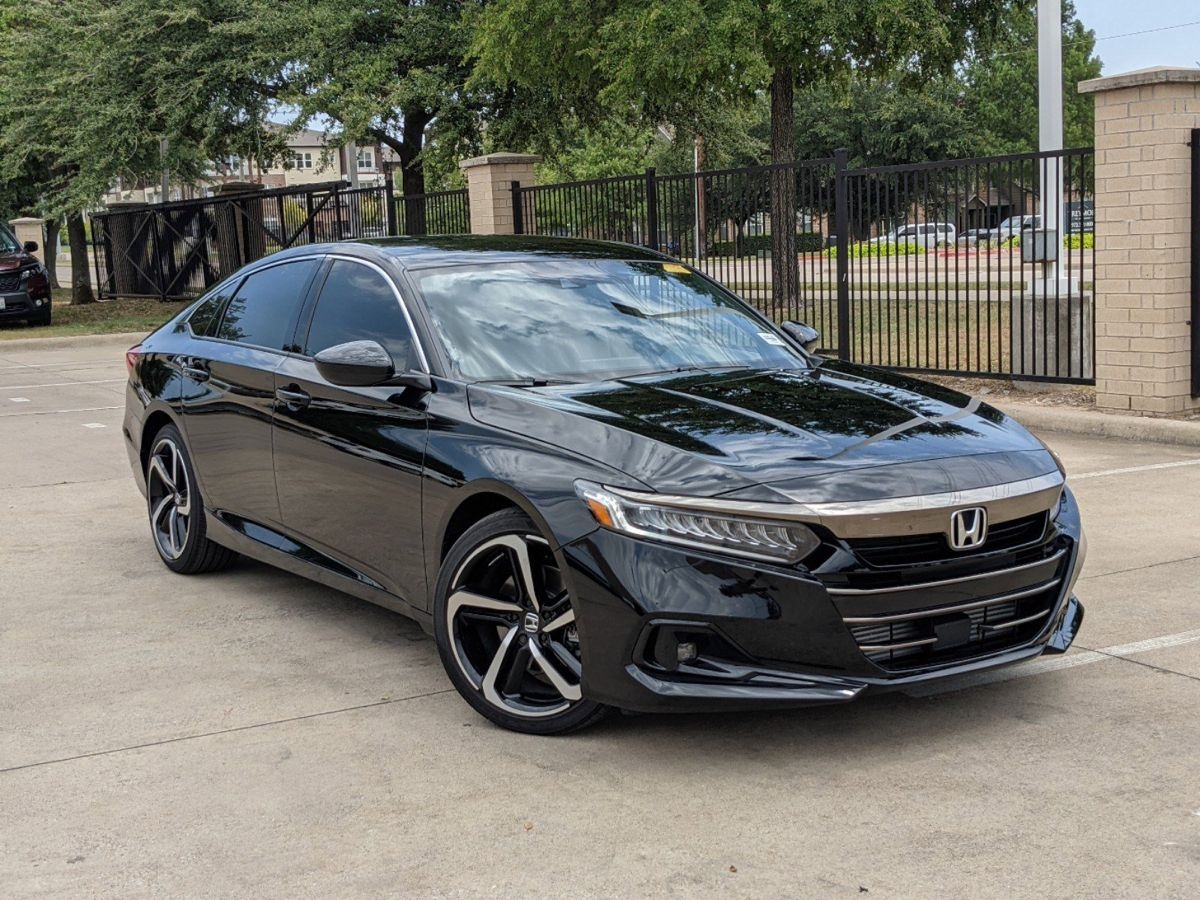
2. Honda Accord
Like the Camry, the Honda Accord is a staple of midsize reliability, and its interior quality is equally legendary. Honda consistently builds interiors that balance modern styling with long-term durability, using materials that feel premium without being delicate.
The upholstery—whether cloth or leather—is tightly fitted and highly resistant to wrinkling or tearing, even with repeated ingress and egress. This makes the Accord especially popular with families and those who spend a lot of time behind the wheel.
One area where the Accord stands out is button and switchgear longevity. From climate control toggles to window switches, Honda’s hardware resists the usual fading, jamming, and cracking issues seen in other brands. The dashboard is built with resilient plastics and smart layering, avoiding excessive glue or fragile clips that can come loose over time.
Accords from as far back as 2007 are still seen with intact center consoles, clean dashboards, and firm seat cushions, even when pushing 150,000 miles or more.
Noise insulation and interior structure are other strong points. Hondas are engineered with minimal cabin flex, so you rarely hear creaks or rattles even after years on the road. This structural integrity keeps the interior feeling new and tightly bolted together long after other cars start developing annoying squeaks. Whether you choose a base model or a higher trim, the Accord offers a no-nonsense, well-built cabin that looks good and wears even better.
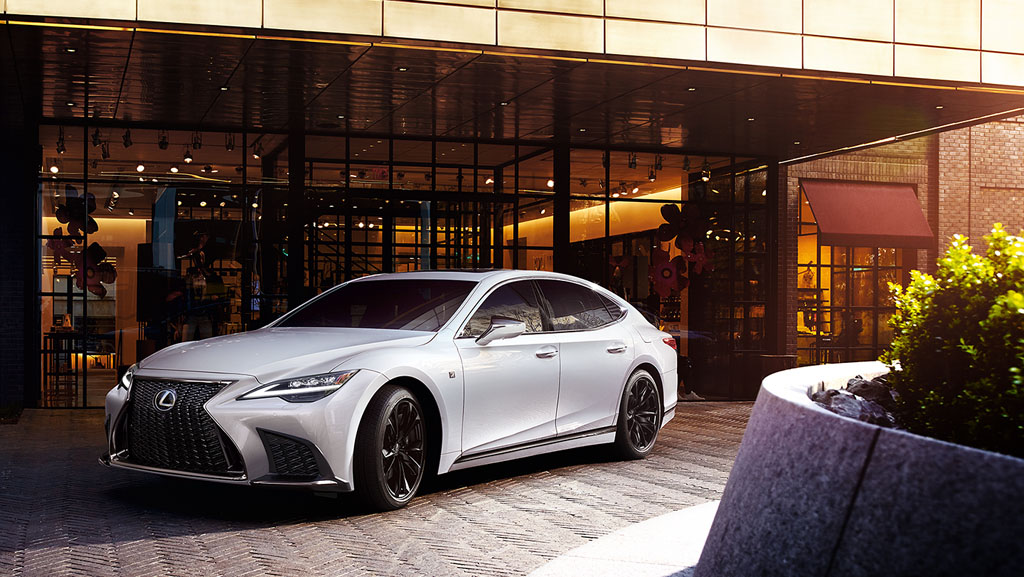
3. Lexus LS (Older Generations: LS430, LS460)
If you want a car that redefines interior longevity, look no further than the older Lexus LS sedans—especially the LS430 and LS460. These cars were built with a level of craftsmanship that bordered on obsessive. Real wood trim, supple yet resilient leather, and the kind of build quality normally reserved for far more expensive luxury vehicles all combine to create an interior that doesn’t just resist time—it mocks it. It’s not uncommon to step into a 20-year-old LS430 and find a dashboard that looks nearly factory-fresh.
What sets the LS apart is its use of high-end materials that last. The wood used is real and lacquered to prevent fading or cracking. The leather, while soft, is thick and well-treated to resist wear and UV damage. Even the carpeting and floor mats hold up better than in most modern vehicles.
Interior components like glove box hinges, seat adjusters, and door handles are made of real metal or high-grade polymers that simply don’t wear out. Lexus didn’t just build a comfortable car—it built one that was overengineered to withstand decades of use.
Another rarely mentioned point is how quiet these cabins remain over time. While many luxury vehicles develop rattles or wind noise as seals degrade, the LS maintains its serenity thanks to meticulous insulation and door fitment. Owners frequently rave about how these interiors feel like new well past 200,000 miles. For anyone looking for a used car with a pristine-feeling interior at a reasonable price, an older Lexus LS remains a gold standard of interior durability.

4. Volvo XC70 / V70
Volvo has a long-standing reputation for building tanks disguised as station wagons, and the XC70/V70 models are a prime example of interiors built to last. Designed with both families and harsh climates in mind, these cabins are made to endure snow boots, muddy pets, spilled coffee, and intense temperature shifts without blinking. The Scandinavian design ethos of simple, durable, and comfortable interiors shines through in every detail.
The seats, in particular, are exceptional. Volvo’s orthopedically designed seats are not only supportive for long drives but also crafted with durable textiles and leathers that resist fading and cracking. Many high-mileage XC70s still have firm, well-shaped seat cushions and intact bolsters.
Door panels are made from rugged, soft-touch materials, and the buttons, though minimalist, are made of high-grade plastics that don’t wear down even with frequent use. Volvo didn’t just design the interior for comfort—they engineered it for real-world abuse.
Another standout aspect is the finish quality. The dash, while unassuming, is made from solid, matte-finished materials that shrug off UV damage. In Nordic countries where winter and summer climates are extreme, Volvos are known to hold up exceptionally well.
Headliners stay tight, vents stay operational, and everything just feels like it’s going to last. For drivers who prioritize quiet toughness and practicality, the XC70/V70 remains one of the most underrated choices with an interior that truly stands the test of time.

5. Mazda 3 (2014 and newer)
Mazda may not be the first name that comes to mind when thinking of durable interiors, but since 2014, the Mazda 3 has punched well above its weight class in terms of cabin resilience. Built with a strong focus on driver ergonomics and design, the interior also benefits from a tight fit and finish that holds up remarkably well over time. Materials feel upscale for the price point, and Mazda avoids the shiny, scratch-prone plastics that plague many competitors in this segment.
The seats—both cloth and leatherette—are tightly stitched and resistant to common damage like tearing or seam separation. Even in cars used for commuting or ridesharing, Mazda’s fabric holds its shape and color surprisingly well.
Buttons, knobs, and vents all have a solid, tactile feel, and they don’t show the same wear-and-tear fade that’s common in entry-level vehicles. Glove boxes, center armrests, and steering wheel finishes continue to feel sturdy well beyond 100,000 miles.
Mazda also paid attention to NVH (noise, vibration, harshness) suppression, meaning the interior stays quieter and more cohesive over time. No cheap creaks, no dash warping, no fading or bubbling in the trim. It’s not just a good-looking cabin—it’s one of the most resilient interiors you can find under $25,000. If you’re looking for a budget-friendly car that doesn’t age poorly, the Mazda 3 is an excellent bet.
5 Cars That Fall Apart Inside
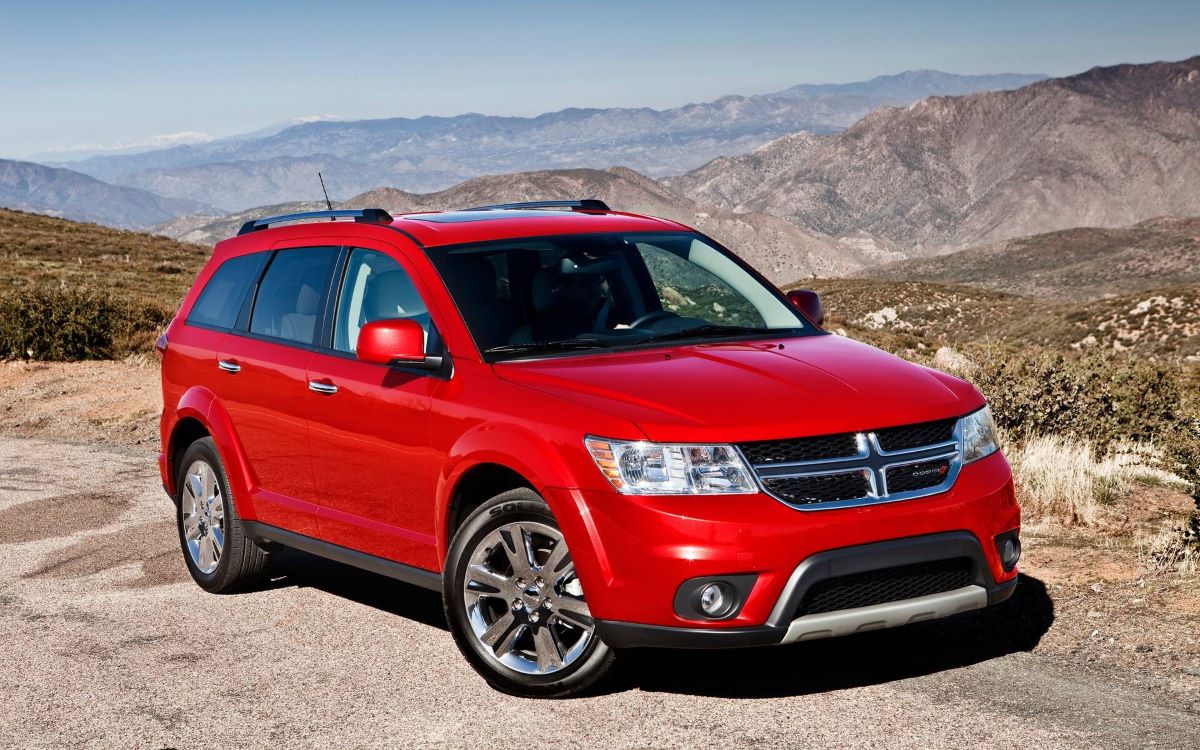
1. Dodge Journey
The Dodge Journey, particularly the models produced from 2009 to 2020, is infamous for having one of the cheapest-feeling interiors in the crossover segment, and time only makes it worse. At first glance, the interior appears utilitarian, but prolonged use reveals its many weaknesses.
Dodge relied heavily on hard plastics throughout the cabin, from the dashboard to the door panels and center console. While this might seem durable, these plastics are incredibly prone to scratching, fading, and cracking, especially when exposed to sunlight and heat. Within just a few years, the dash often loses its color, warps, or even peels in high-UV environments.
The trim pieces in the Journey are another sore spot. Interior elements like HVAC knobs, radio buttons, and door lock switches are frequently reported to become loose, fall off, or stop working altogether. Faux chrome accents tend to flake off, leaving sharp edges and an unpleasant appearance.
Even cup holders and armrests feel hollow and unstable, leading to constant creaking and rattling as the vehicle ages. Combine this with seats that tend to flatten and tear, especially in base cloth configurations, and you end up with a cabin that degrades well before 100,000 miles.
Owners have often noted that the Journey feels older than it is, not just because of mechanical issues, but because the interior visually and functionally deteriorates faster than almost any other vehicle in its class. Door seals come loose, headliners sag, and carpeting wears thin quickly.
Even modest wear can make the interior feel like it’s been through a decade of hard use. For anyone considering a used SUV on a budget, the Dodge Journey serves as a cautionary tale in how interior materials and build quality can define the ownership experience, for better or worse.
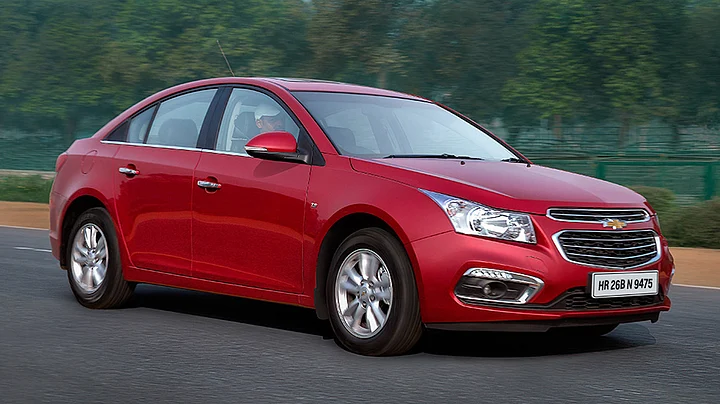
2. Chevrolet Cruze (First Generation)
The first-generation Chevrolet Cruze, sold from 2011 through about 2015, was GM’s attempt at producing a competitive compact car globally. While it succeeded in areas like ride comfort and fuel economy, its interior quality quickly became a major pain point for owners.
Chevrolet went with a mix of textures and trim to add visual interest, but in doing so, compromised long-term durability. The fabric inserts on doors, soft-touch dash sections, and chrome-look accents all seemed stylish on day one but began to degrade shockingly fast under real-world use.
One of the biggest issues with the Cruze interior is the premature wear of tactile surfaces. Buttons and switches lose their paint within a year or two of regular use, especially on climate control and infotainment units. Steering wheels wear down to bare foam in high-mileage examples, and even the seats, especially the faux leather found in LTZ trims, crack and peel, often before 60,000 miles.
For many owners, the interior began looking like a neglected taxi far earlier than expected. In warmer climates, the dashboard is also prone to cracking and bubbling, and there are widespread reports of trim pieces coming unglued.
Rattles and squeaks are another frequent complaint. As the Cruze ages, the tightly packed dashboard and door panels begin to flex and shift, creating annoying sounds even on smooth roads. This gives the impression of a car that’s falling apart, even if the mechanical components are still functional.
The Cruze’s cabin was clearly designed for show-room impressions, not endurance, and it shows. While it may be a decent car on paper, the long-term comfort and visual appeal are badly undermined by an interior that simply doesn’t hold up.

3. Jeep Patriot / Compass (Pre-2017 Models)
The Jeep Patriot and early-generation Compass (2007–2016) are well-known for having some of the cheapest and most problematic interiors in the compact SUV market. Designed during a financially strained era for Chrysler, these vehicles were made with extreme cost-cutting in mind, and nowhere is that more apparent than inside the cabin.
The dashboards are made entirely of hard, echoey plastics that not only feel unpleasant but age terribly. Exposure to sunlight and heat leads to discoloration, cracking, and in some cases, the dashboard pulling away from the windshield base.
Seats are another frequent problem area. The base models feature rough, industrial-grade fabric that wears down quickly, especially around the seat edges and seams. The foam underneath tends to compress unevenly, leading to an uncomfortable and lumpy ride after a few years.
In higher trims with leather, the material is thin and susceptible to cracking, even faster if the vehicle is parked in the sun. As early as 50,000 miles, owners report tears in stitching and flat, unsupportive cushions. Door panels don’t fare much better, often warping and pulling away at the edges.
The lack of sound insulation and build refinement further contributes to the sense that these interiors were built to a price, not a standard. Rattles from behind the dashboard, squeaking glove compartments, and misaligned trim are common complaints.
Additionally, critical components like window switches, air vents, and seat recline levers are prone to failure. While the Patriot and Compass may offer off-road style and Jeep branding, the interior experience leaves much to be desired, and it only worsens over time. If you’re looking for a Jeep on a budget, these two are best avoided unless you’re prepared for a shabby, deteriorating cabin.
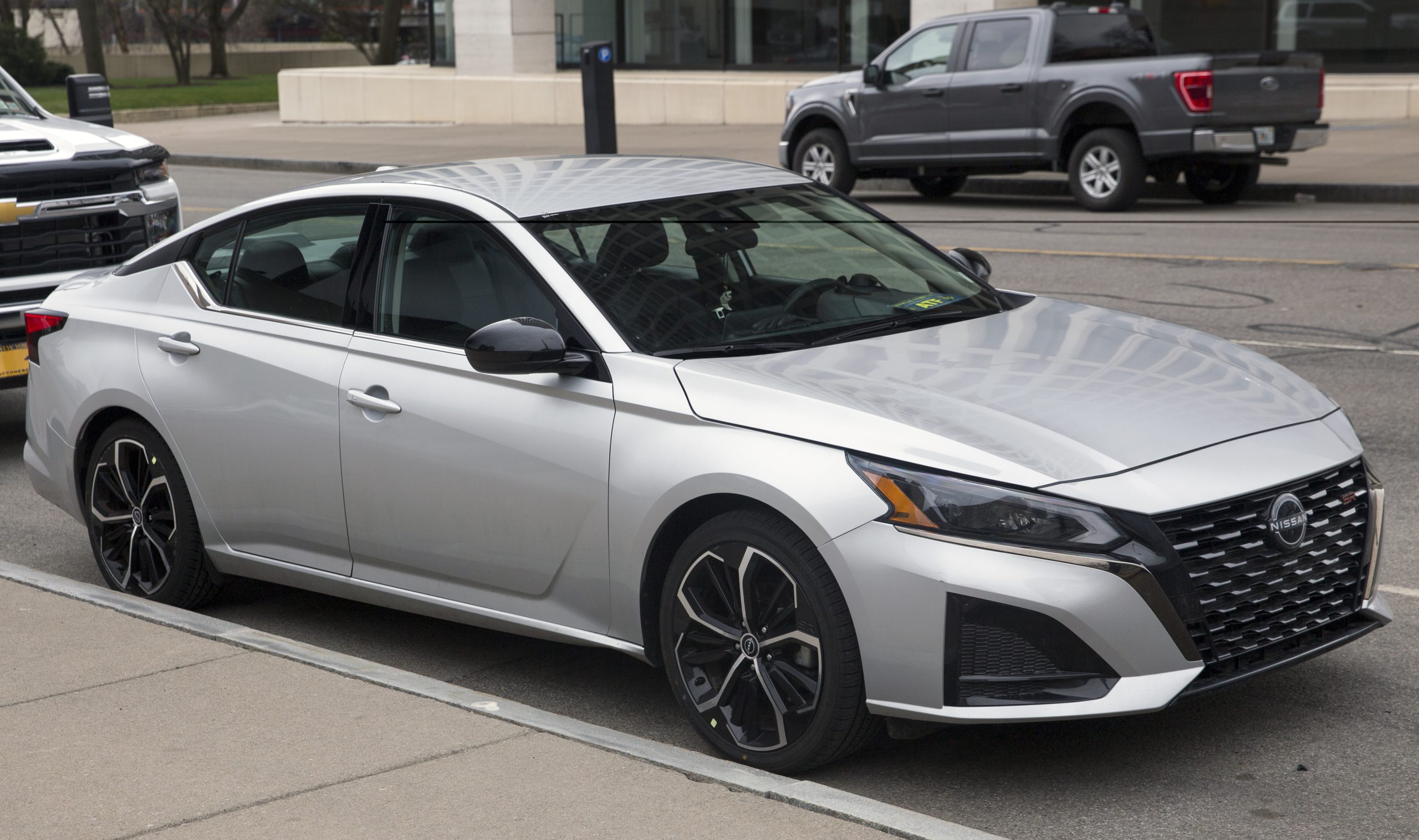
4. Nissan Altima (2013–2018)
The Nissan Altima, particularly the fifth generation (2013–2018), took a sharp turn in interior quality that disappointed many long-time fans of the brand. While the exterior design was sleek and modern, the interior was plagued by cost-cutting and cheap materials that aged poorly.
One of the most frequent complaints involves the dashboard and center console plastics, which feel soft initially but are prone to bubbling, discoloration, and cracking, especially in vehicles exposed to sunlight. Owners in southern U.S. states reported warping dashboards in as little as three years of ownership.
Seats also became a major point of criticism. Nissan’s “Zero Gravity” seats were touted for comfort, but the materials used, particularly in cloth trims, stained easily, wore out quickly, and lost shape after moderate use. Leather options fared worse in the long run, with peeling upholstery and discolored patches that were impossible to clean.
Armrests, especially the driver’s side, would often collapse or tear. Combined with lower-grade carpeting and rattly headliners, the cabin began to feel flimsy and worn well before the powertrain had shown any signs of age.
The touch points—like knobs, switches, and steering wheel controls—suffer from excessive wear. Volume and climate control buttons frequently fade or stop functioning altogether. Many Altima owners have noted a “cheap” feel to the entire dash cluster, as if it were never designed for more than five years of use.
Add in electronic glitches like broken infotainment screens and dimming displays, and it’s clear that Nissan’s focus during this period was more on cost savings than on producing a cohesive, long-lasting interior. For a car that sells in such large numbers, the Altima’s cabin feels like an afterthought.

5. BMW 3 Series (E90 Generation: 2006–2011)
The BMW E90 3 Series is praised for its handling, engine choices, and driving experience—but unfortunately, the interior doesn’t share in that legacy.
BMW opted for soft-touch plastics and rubberized coatings throughout the cabin in this generation, and while it may have looked high-end when new, it has proven to be one of the worst interior material choices for longevity. The dashboard, door handles, and center console surfaces peel, bubble, and scratch incredibly easily, creating a car that looks aged and abused far sooner than its performance suggests.
The biggest complaint from E90 owners is the disintegration of rubberized coatings on door pulls and HVAC buttons. These parts develop a sticky texture over time and are extremely difficult to clean or repair. Replacements are expensive, and DIY fixes rarely look factory-fresh.
Even higher-trim models with real leather seats face issues like worn-out bolsters, separated seams, and premature fading. For a car often marketed as “the ultimate driving machine,” the tactile experience behind the wheel quickly turns disappointing as surfaces degrade.
Creaks and rattles are another plague of the E90 interior, particularly after 80,000 miles. Door panels flex, center consoles wobble, and interior trim begins to shift under even mild stress. While the mechanical components of the E90 can go the distance with proper care, the interior feels like it’s on a timer, with many owners resorting to custom reupholstery or trim swaps to restore the cabin’s dignity. For a luxury sedan, the E90’s long-term interior durability is unworthy of the badge it wears.
Where You Sit Matters
When it comes to cars, longevity isn’t just under the hood. A reliable engine or smooth transmission means little if your car’s interior feels like it’s falling apart around you. From peeling dashboards to collapsed seat cushions, a failing interior can tarnish your driving experience and destroy resale value. It’s one of the most visible signs of how well a vehicle was designed and how much a manufacturer values the long-term ownership experience.
Cars like the Toyota Camry, Lexus LS, and Volvo XC70 prove that interior durability is achievable without sacrificing comfort or design. These vehicles maintain their shape, function, and comfort far beyond their warranties, and they often look good doing it.
Also read: 5 Trucks That Withstand Decades of Abuse and 5 That Don’t
On the flip side, models like the Dodge Journey, Chevy Cruze, and Nissan Altima show what happens when corners are cut—owners end up with stained seats, cracking panels, and squeaky dashboards that make a car feel older than it is.
For buyers looking at long-term ownership or shopping the used market, interior condition can be a make-or-break factor. Always look beyond the engine bay. Open the glove box.
Tap on the dash. Inspect the seat seams. These are the signs that tell you whether a car will age gracefully or embarrassingly. In the end, you’re not driving the suspension or engine—you’re driving the cabin. Choose a car that’s built to last where it matters most: on the inside.

